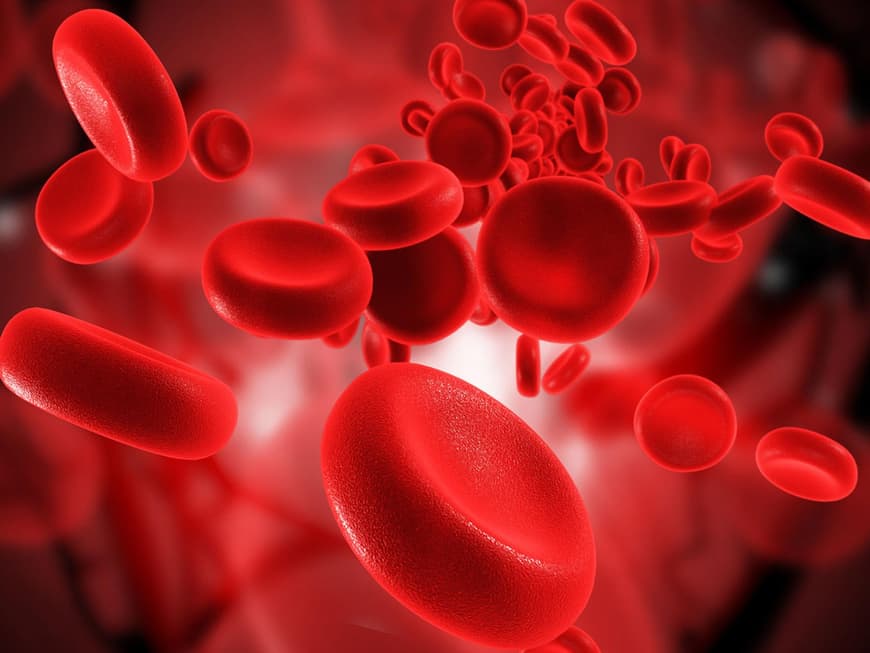
Various methods of autologous blood treatment
During autologous blood treatment, 0.2 to 2 milliliters of blood are taken from the patient's vein and then injected back into the muscle tissue - usually in the buttocks - either immediately or after some time. There are now various methods for the so-called preparation of the red lifeblood. Critics complain that the injection site could become inflamed and that severe allergic reactions can occur if the blood is enriched with substances or ozone, for example. These procedures are now available:
Growth factors
Our national goalkeeper Manuel Neuer is currently being treated with autologous blood to help his broken metatarsal bone grow together more quickly and stably. Growth factors are filtered out of the blood and then injected directly into the affected area of the body. Growth factors are substances that allow bone and cartilage to grow back. For injuries to joints, cartilage, bones and leg ulcers.
Counter-sensitization
Antibodies are isolated from the blood, treated with silicic acid and then highly diluted to form drops. The patient then takes them daily. They are supposed to have an effect on the immune system and form new antibodies. For allergies, neurodermatitis, rheumatism and asthma.
Classic injection
Blood is taken from the patient and then injected directly back into the tissue. This is intended to initiate healing. This procedure must be carried out three times a week and the treatment lasts up to three months. Autologous blood therapy helps with allergies, neurodermatitis, rheumatism and asthma. It is also used if someone is often ill and the immune system needs to be boosted.
Stem cell therapy
This therapy is considered by experts to be the future of medicine. These cells are our primordial cells and renew themselves by constantly dividing. They are extracted from the fat cells in the thigh or abdomen and then enriched with growth factors from the blood. These treated stem cells are then injected directly into the diseased tissue after a few hours to accelerate healing. Stem cells have long been used to treat leukemia and other types of cancer. They also help with diseases and complaints of the musculoskeletal system such as osteoarthritis, joint diseases, bone fractures and muscle and tendon injuries. Autologous blood treatments cost around 120 euros per session, stem cell treatments 200 to 400 euros, sometimes paid for by health insurance after consultation.
